Lifeguards, cameras, all that water: 6 things to know about Roaring Springs Waterpark
A giant tipping potato bucket called Tippin’ Tater that contains 750 gallons of water. A grumpy ram lifeguard keeping an eye on everyone. Two baby bears sliding down a log. Blue birds on a diving board.
Camp IdaH2O, the latest expansion of Roaring Springs Waterpark, is a celebration of life in the Pacific Northwest, says Tiffany Quilici, the water park’s chief marketing officer.
Meridian is the home of the Northwest’s largest water park. And it just turned 25 years old.
Here are six things to know about the park:
1. It employs hundreds of teens.
The Treasure Valley’s largest employer of young adults, Roaring Springs has 700 employees. About 200 of those are lifeguards, who rotate from one attraction to the next every 20 to 30 minutes. ‘‘That really helps to keep them alert and vigilant,’’ Quilici said.
Lifeguards show up around 9:30 a.m. and ride test every attraction to make sure they are all safe for visitors to go on.
Only 10 employees work full time year round.
Quilici said it’s a privilege for the park to be the first workplace for many teens in the Valley. ‘‘We get to teach them and mentor them in all the qualities they need to launch their future dreams,’’ Quilici said.
The water park is open mid May through mid September and has welcomed 6 million visitors in the past 25 years of operation.
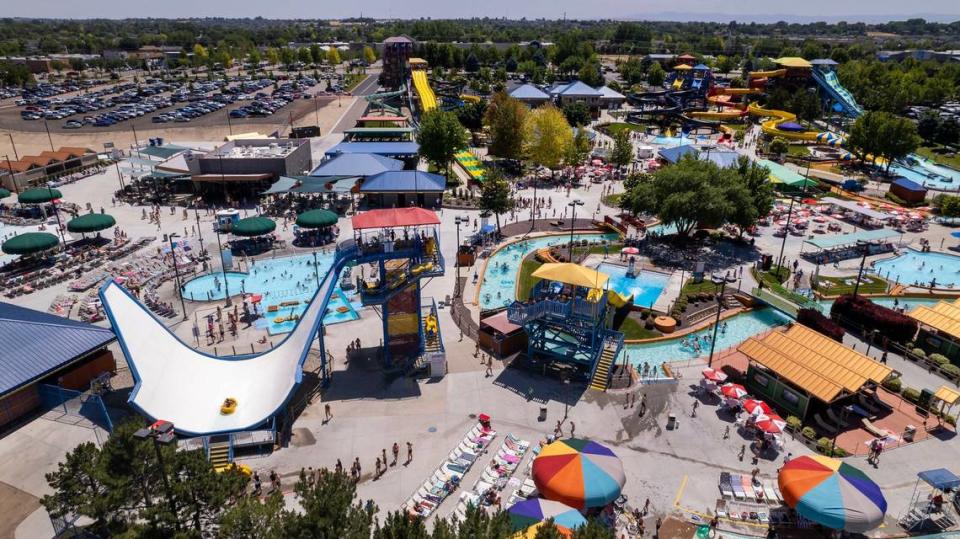
2. It uses a lot of water that it must keep clean.
On a typical day, the park’s operations team starts working at 6 a.m. and includes a crew of pressure washers cleaning the concrete.
Roaring Springs uses 1.5 million gallons of Meridian city water that circulates through the water park all season long. That’s enough to cover a football field 3½ feet deep. Like all Meridian city water, it comes from the water-bearing soil and rock of the Snake River Plain aquifer that underlies Ada County.
A certain amount of water gets lost to evaporation and when people walk out of pools and rides, so additional water is used every day. Aaron Forsythe, the water park’s operations manager, said the park takes in 10,000 to 15,000 gallons of water every day but ‘‘it’s hard to measure’’ exactly how much gets lost.
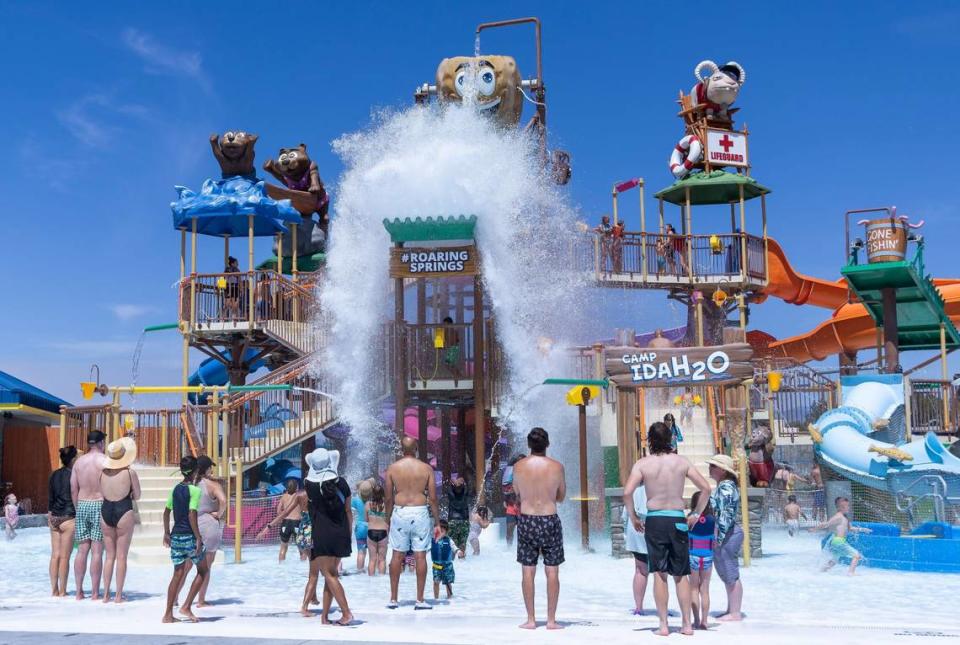
Quilici said the staff is ‘‘extremely vigilant about any leaks from pools and from slides.’’
The water goes through massive sand filter tanks and a chemistry process to keep it clean. Quilici said that the park also has ultraviolet lights that ‘‘kill every bug’’ in the water.
When asked about the park’s efforts to promote sustainability, Quilici said that they ‘‘certainly have some advanced energy efficiency devices in place to operate the pumps and motors at their optimal rate.’’ Deck drains at the end of the slides collect and recirculate water too, Forsythe said.
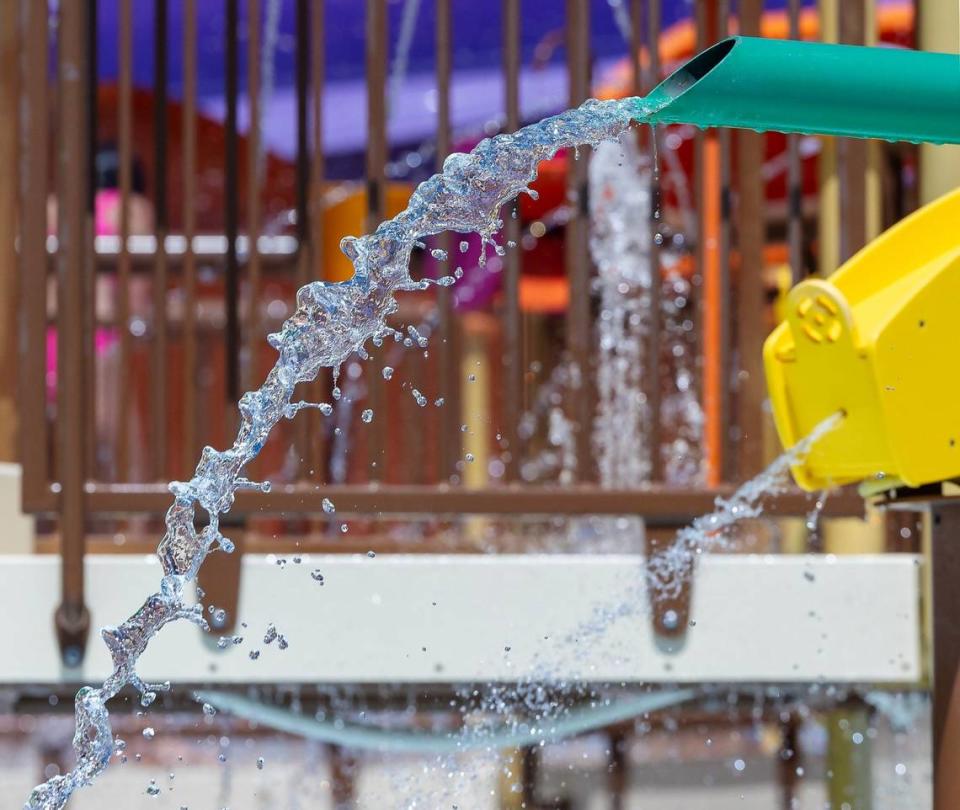
3. It uses a network of security cameras.
Roaring Springs was the first outdoor water park nationwide to install the Ellis Aquatic Vigilance System, which is supported by artificial intelligence and video analytics, a technology that uses a special algorithm to analyze digital videos and provide security-related services.
Cameras are installed throughout the park. They can see under water. Roaring Springs has two command centers with operators who are alerted through radios when a danger is perceived by one of the cameras.
Forsythe said Roaring Springs uses the cameras as an ‘‘extra layer of security’’ on top of the lifeguards.
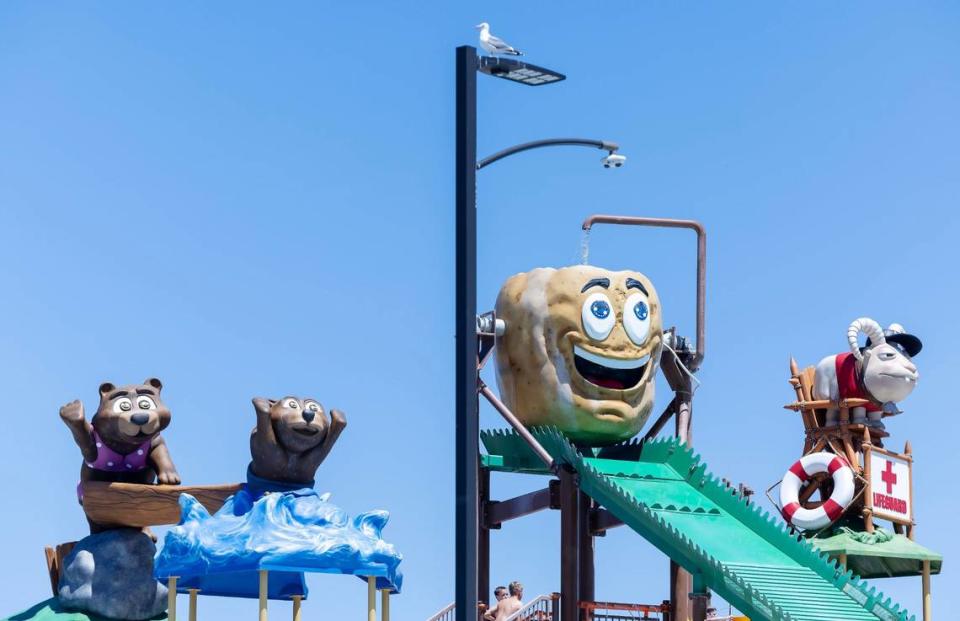
4. Those teen employees get free passes and parties.
Employees get a free season pass, numerous half-off tickets for friends and family, and get to attend work-related parties ‘‘to make it a really fun social experience,’’ Quilici said.
Roaring Springs also has a scholarship program for employees in college. Quilici said that about $30,000 in scholarships was awarded last year.
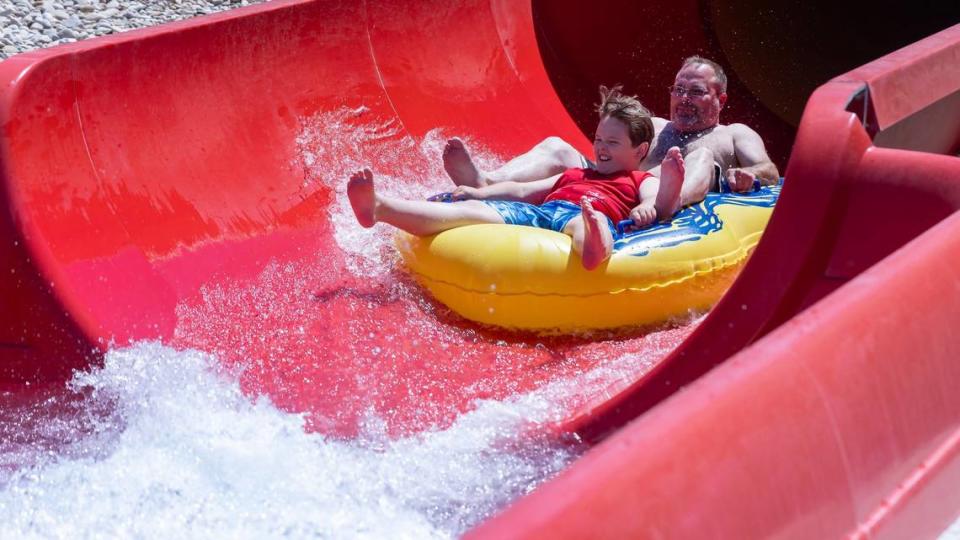
5. Missing your dentures or wedding ring?
The park employees find lost items daily. Some of the more unique findings include a hammer, dentures, and a wedding ring. To get their belongings back, guests fill out a form and have one week to collect them. The park donates unclaimed items, Quilici said.
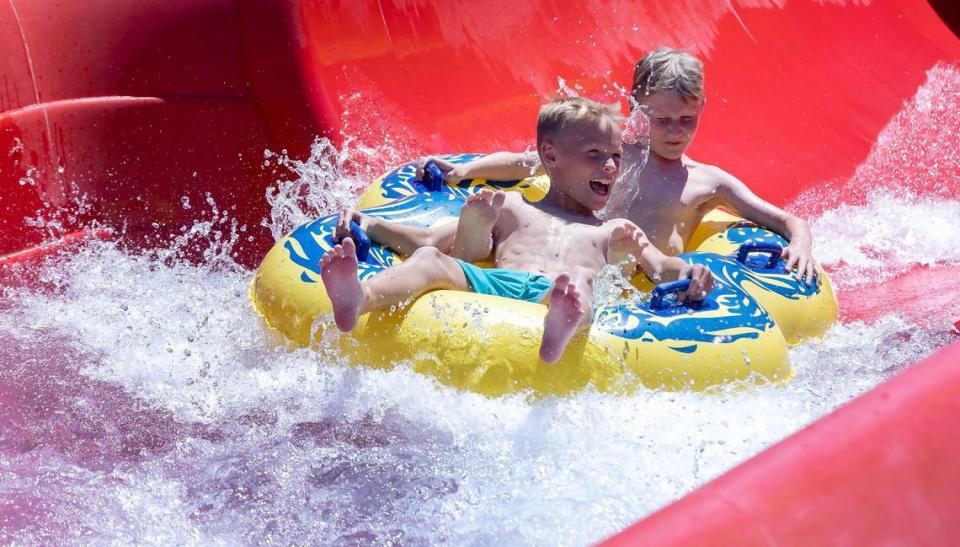
6. New attractions are planned.
Roaring Springs recently opened Class 5 Canyon, the Northwest’s first wave action river, which simulates a whitewater experience.
Quilici and the CEO Pat Morandi travel around the country, and sometimes the world, to try out new rides, get inspired by other water parks and bring back new attractions’ ideas for Idaho.
Camp IdaH2O is just the first of seven phases of Roaring Springs’ plan to expand. A major new water attraction will be added every two to three years for the next 10 years, Quilici said
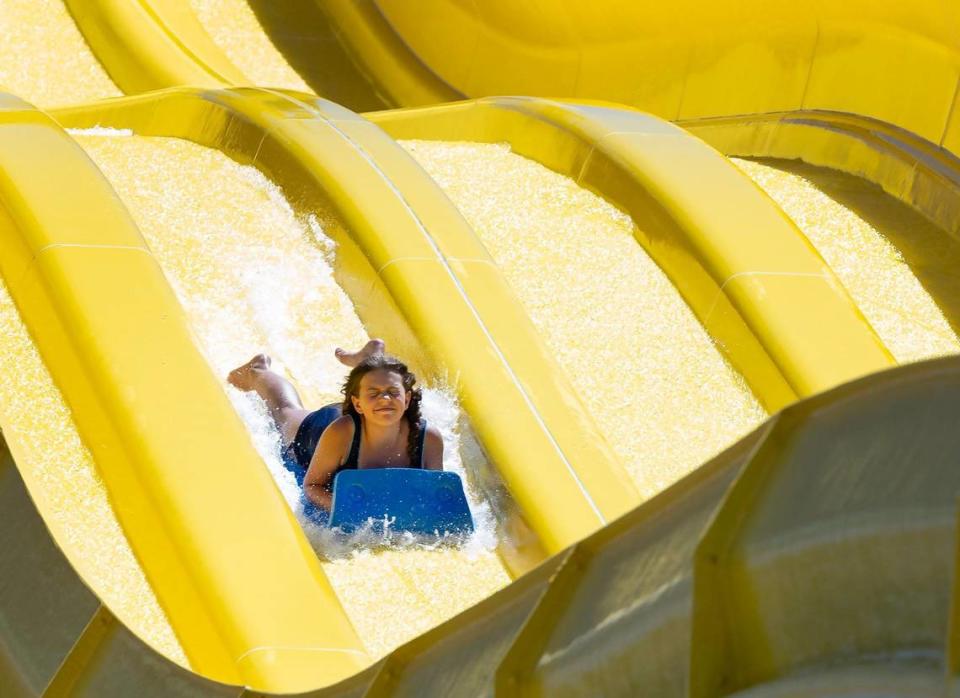
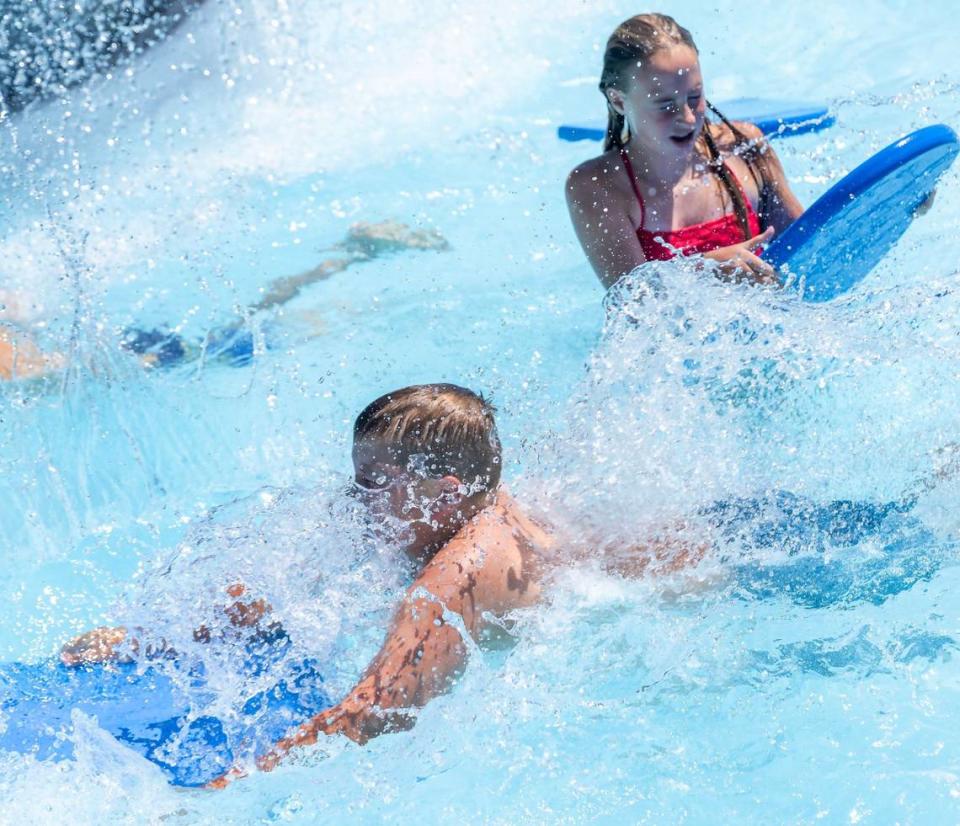
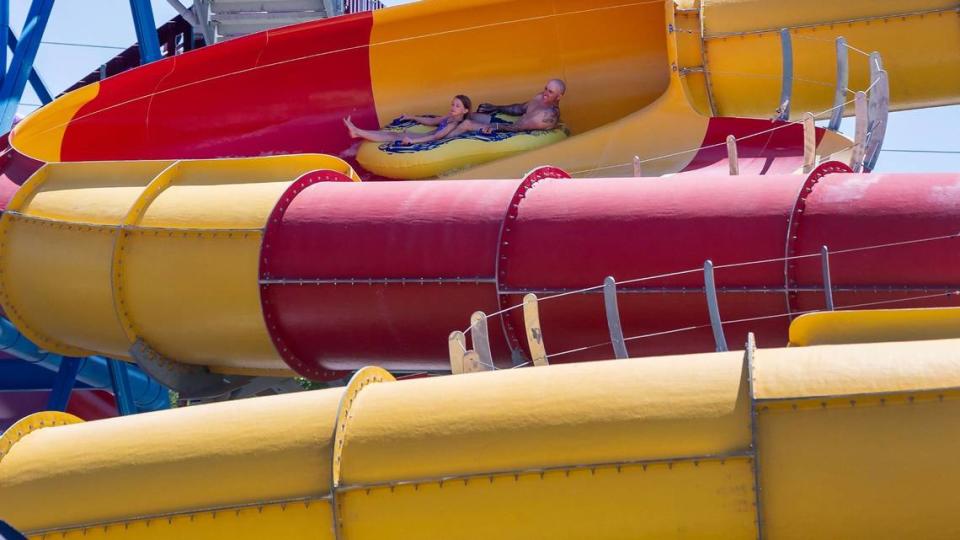
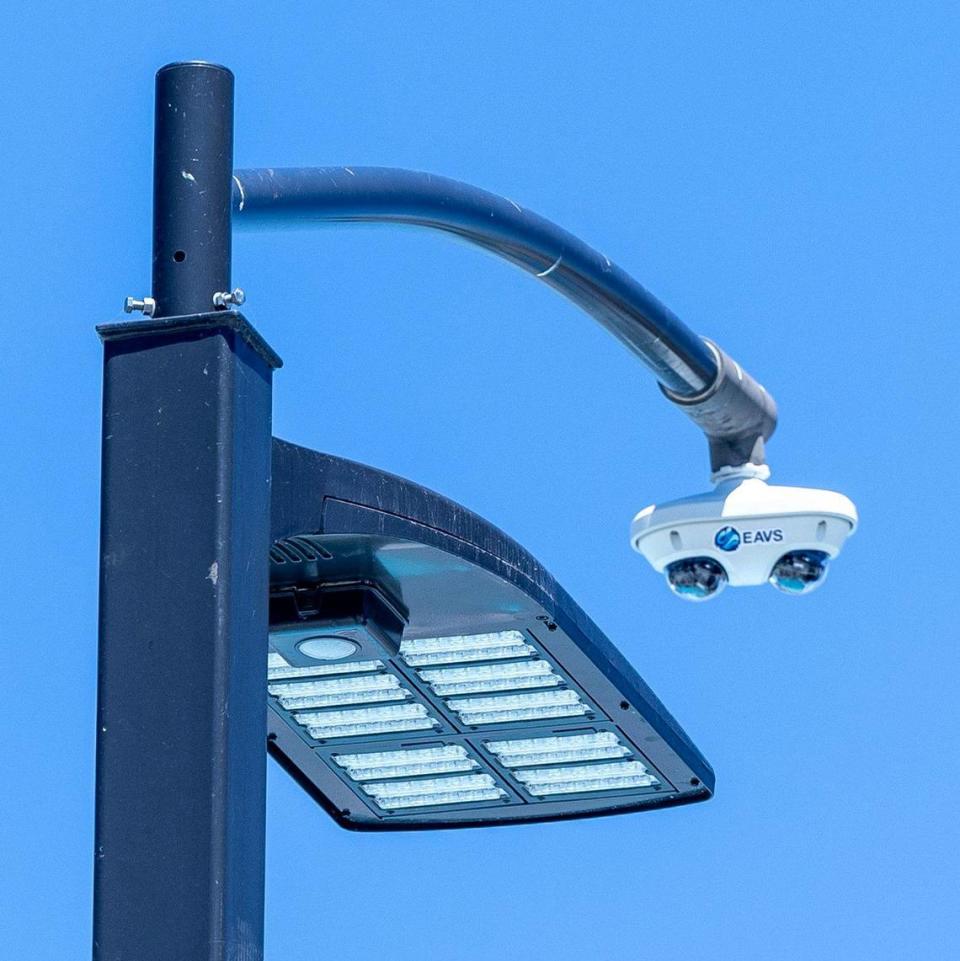
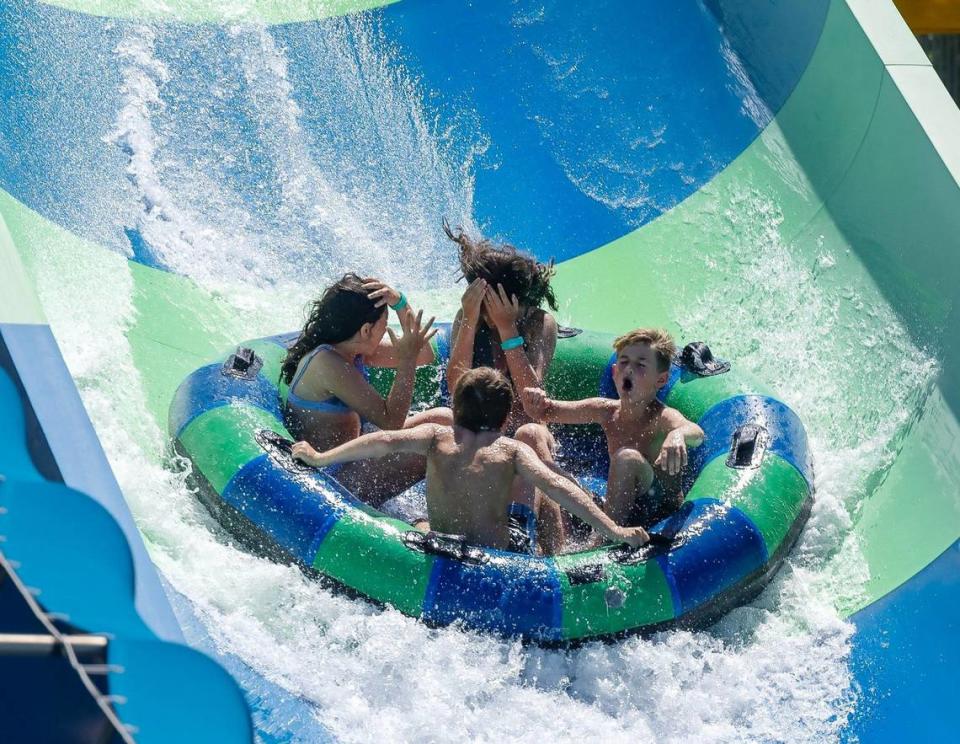
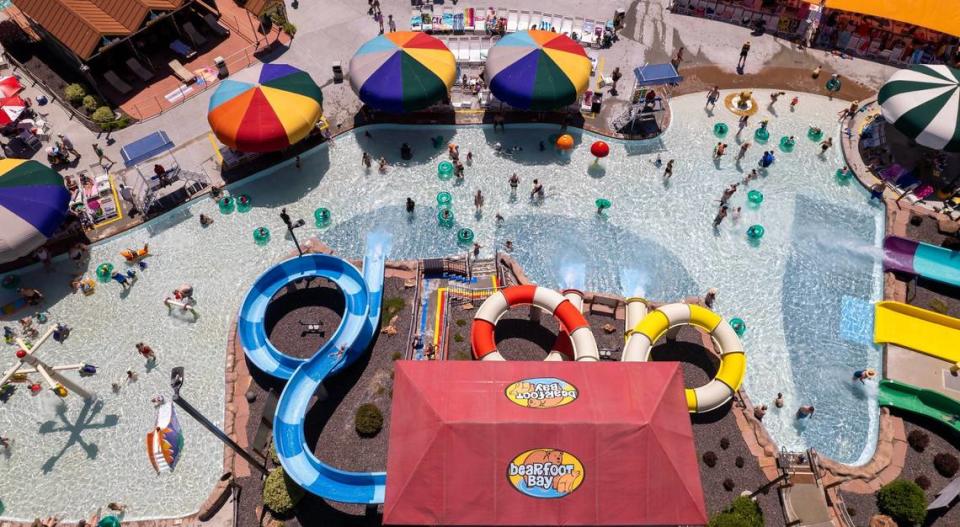
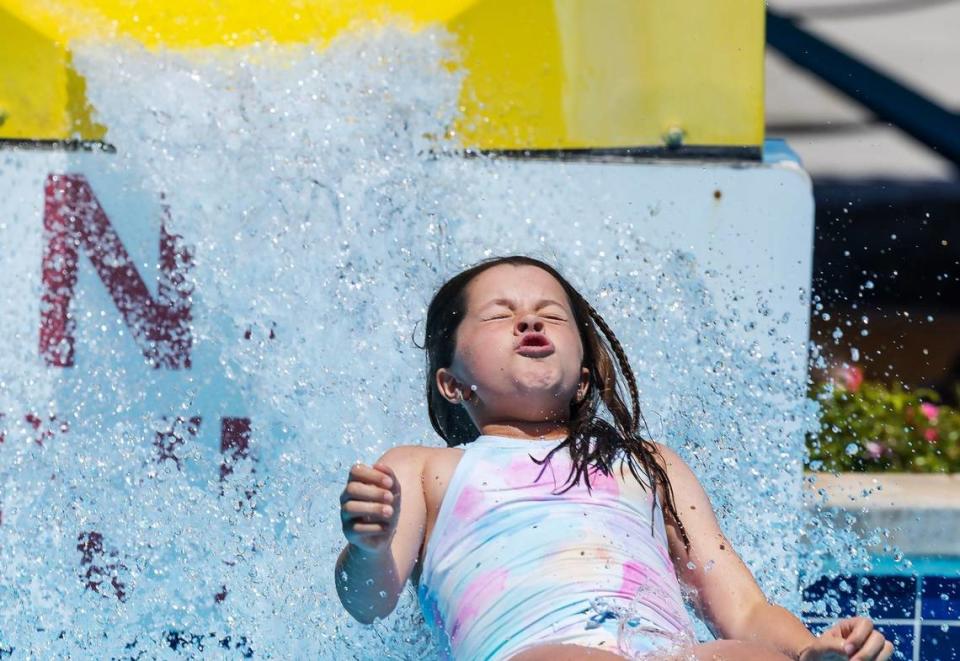
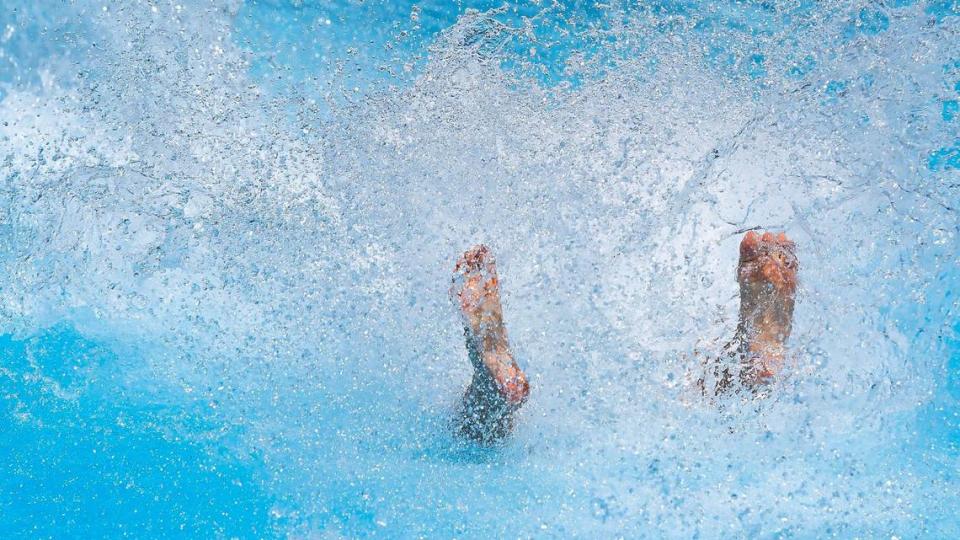
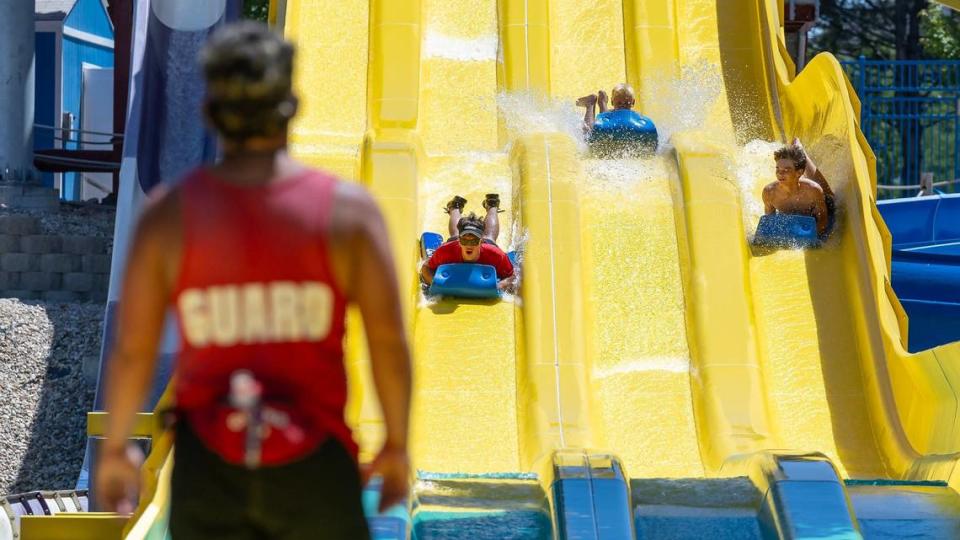
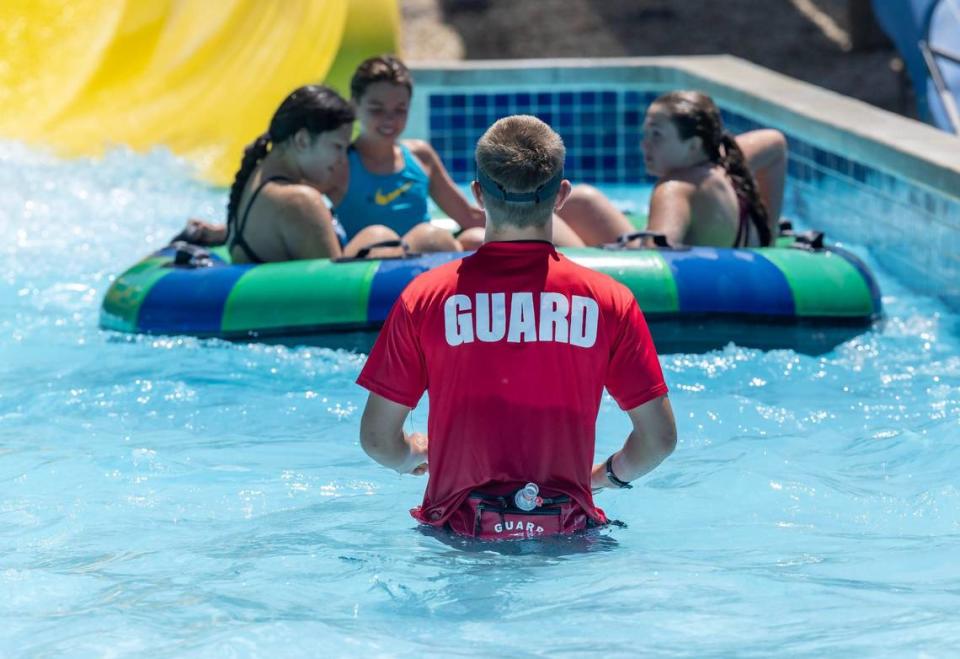
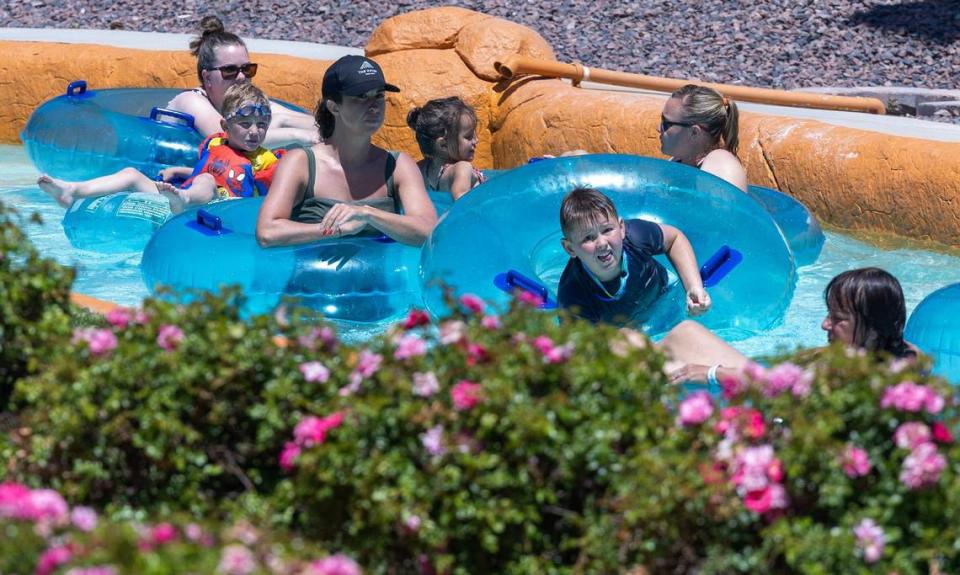
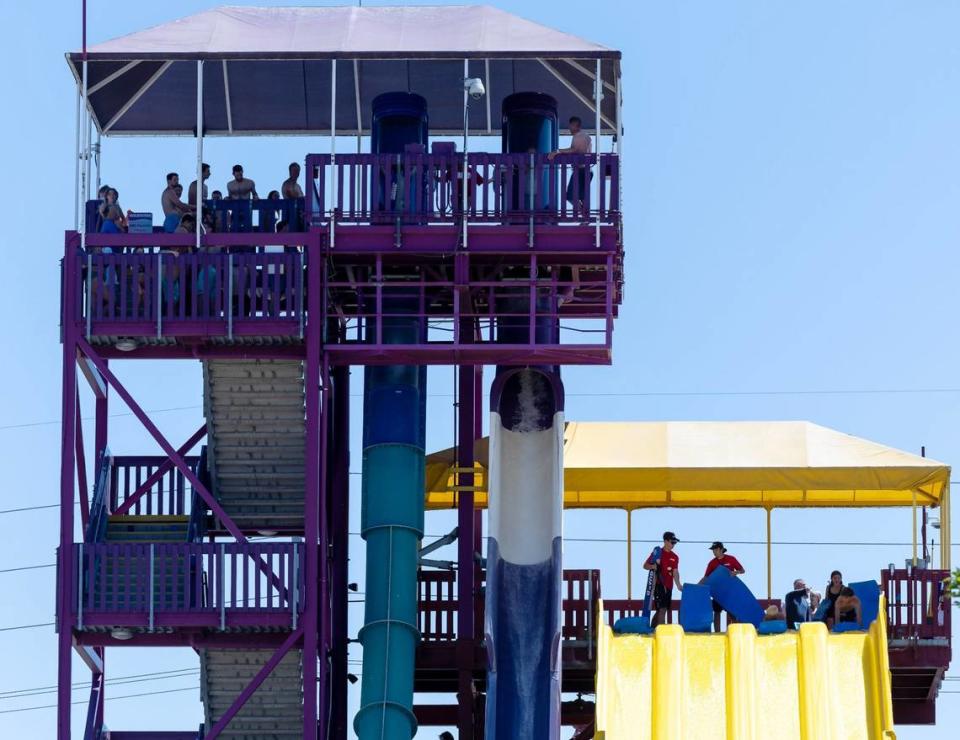

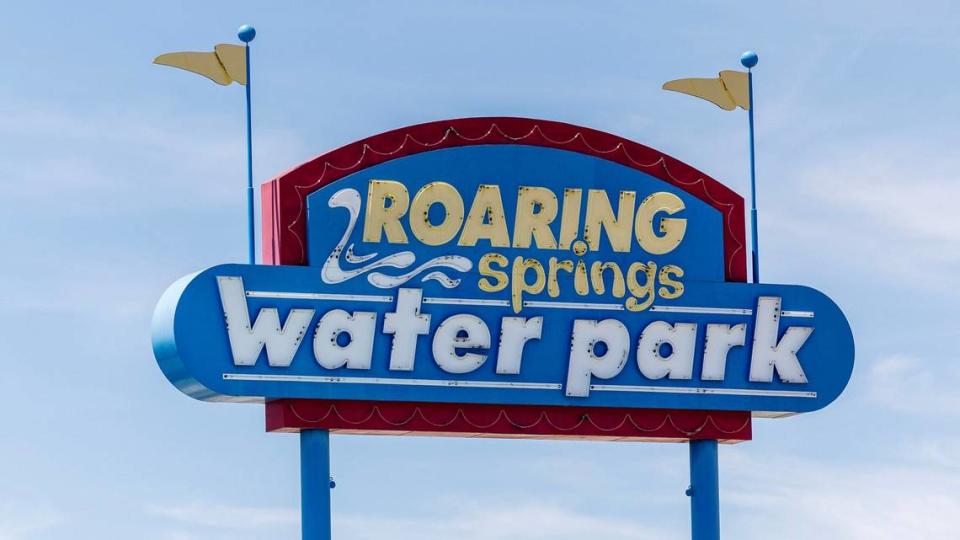
Ready for summer float season, Boise? Here’s how soon you can head down the river
COVID-19 is surging. Time to mask up or get a booster? What a Boise medical expert says
A casino 45 minutes from Boise? A decision nears as tribes spar over whose it should be
Foothills 80-acre parcel could be key ‘piece of the puzzle’ to connect Boise trails

